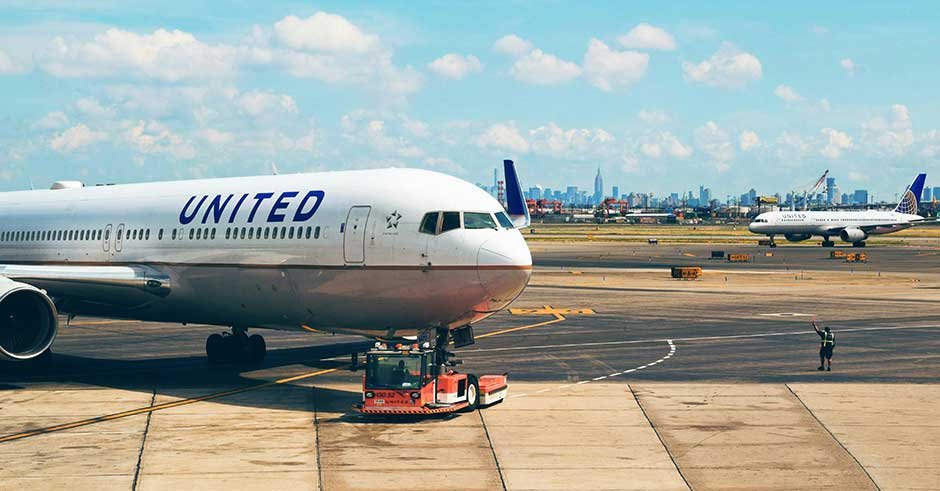Airplanes are marvels of modern engineering. They whisk us across continents and oceans in a matter of hours. But for many passengers, the experience remains shrouded in mystery. Many wonder what happens behind the scenes to keep these massive machines soaring through the sky. Here are four interesting facts about aircraft that will make you appreciate your next flight even more:
1. Wings Don’t Actually Make Planes Fly
While they might seem like the key to flight, airplane wings are not what actually propel the aircraft upwards. Instead, they are designed to create lift, a force that counteracts the weight of the plane and keeps it airborne. As the aircraft moves forward, the wings push air downwards, generating an equal and opposite force pushing the plane upwards. The shape of the wing, the angle at which it meets the oncoming air (angle of attack), and the speed of the aircraft all play a crucial role in generating lift. Modern wings are marvels of engineering, incorporating complex designs and materials to maximize lift while minimizing drag, the force that opposes the plane’s forward movement. Understanding the principles of lift helps us appreciate the incredible feat of engineering that allows these multi-ton machines to gracefully take flight.
2. Lightning Strikes Don’t Bring Down Airplanes
The thought of a plane being struck by lightning can be a scary one for many passengers. However, you might be surprised to learn that airplanes are actually designed to withstand lightning strikes quite effectively. The exterior of an aircraft is typically made of aluminum, which acts as a conductor, channeling the electrical current around the fuselage and out through designated points on the wings and tail. This prevents the lightning from damaging the plane’s sensitive electronics or injuring passengers inside. In fact, it is estimated that airplanes are struck by lightning on average once a year, or once every 3,000 hours of flight time. While a lightning strike might cause a temporary flicker in the cabin lights or disrupt some instruments, it is highly unlikely to bring down the plane. Modern aircraft are built with safety in mind, and lightning protection is a crucial part of that design.
3. Airplane Tires Can Handle Immense Weight and Landings
When you picture an airplane landing, you might imagine the tires screeching and smoking as they touch down. In reality, airplane tires are built to withstand incredible forces. They are much larger and sturdier than car tires, inflated to extremely high pressures (around six times that of a car tire) to handle the weight of the aircraft. The tires are also constructed with multiple layers of rubber and steel belts for added strength and durability. These specially designed tires can withstand the immense weight of a loaded airplane landing at hundreds of kilometers per hour. During landing, the aircraft brakes play a vital role in slowing down the aircraft. A complex system of hydraulics applies tremendous pressure to the brakes, which in turn, slows the wheels and brings the airplane to a safe stop.
4. Cabin Air is Surprisingly Dry
Surely, you have noticed feeling dehydrated or having dry skin after a long flight. This is because airplane cabin air is significantly drier than the air we breathe on the ground. At cruising altitude, the air outside the airplane is extremely dry, and when it is drawn into the cabin and pressurized for passenger comfort, it loses even more moisture. This dry air can contribute to dehydration, dry eyes, and even headaches for some passengers. To combat this dryness, most airplanes are equipped with High-Efficiency Particulate Air (HEPA) filters that remove dust, allergens, and bacteria from the circulated air. However, it is still important to stay hydrated during long flights by drinking plenty of water and using a moisturizer to keep your skin from drying out.
Conclusion
By understanding these interesting facts about aircraft, you can approach your next flight with a newfound appreciation for the complex engineering and safety features that keep you soaring safely through the skies. So, the next time you buckle up for a trip, take a moment to marvel at the incredible feat of human ingenuity that allows us to travel the world with such ease and comfort. Now, get to planning your trips and take some much-needed time off work. Do not forget to prepare for your flight by packing the necessities and being mindful of what you can travel with in-flight per regulations.






